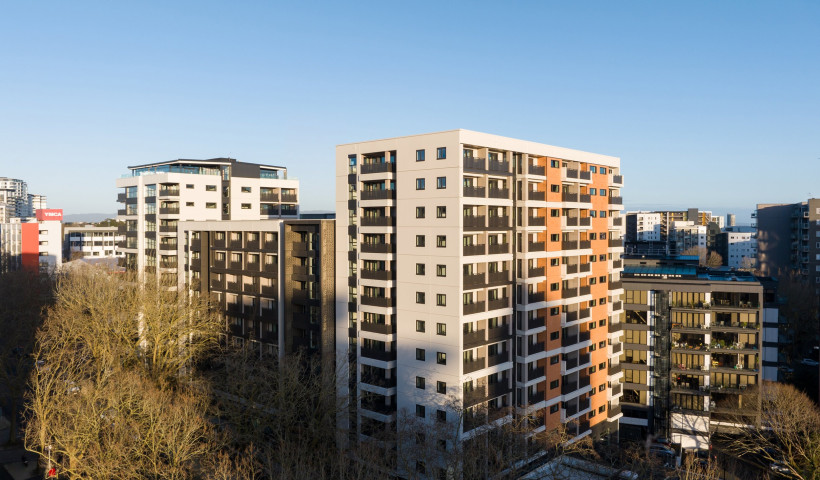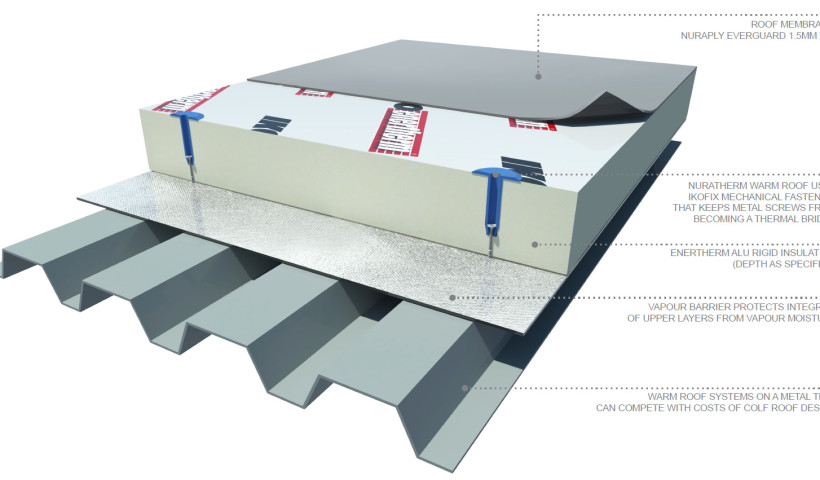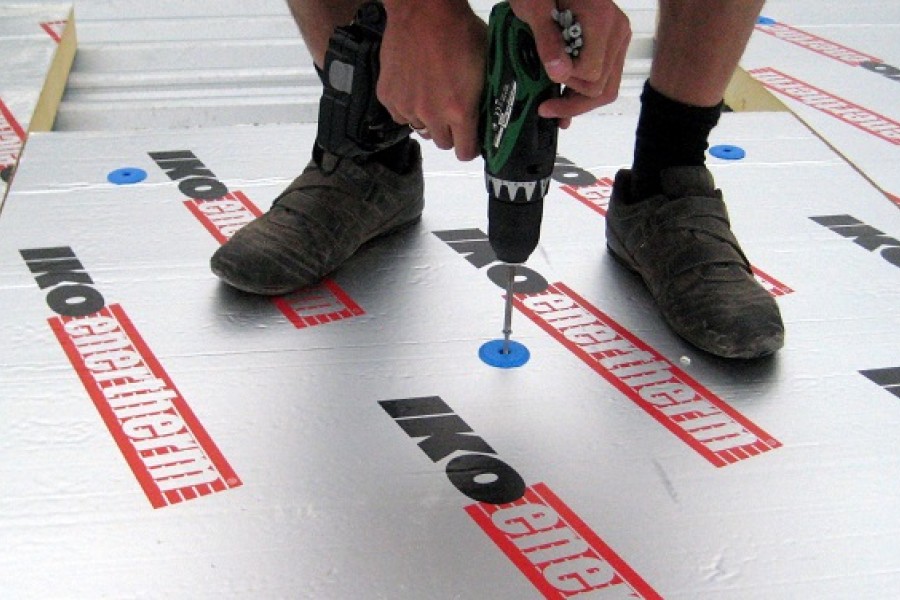
Changes to the NZBC’s H1 standard were announced in November late last year. The changes were brought about by MBIE in an effort to create warmer, more energy-efficient buildings throughout New Zealand.
With significant changes to R-values in each climate zone, there will be a substantial increase in the amount of insulation required for each project. We would like to help the industry understand how they can meet the new compliance requirements, in particular relating to roof insulation.
What Is H1?
Any building design must consider all parts of the New Zealand Building Code. Clause H relates to energy efficiency, and the objective of the standard is “to facilitate efficient use of energy” within buildings — a critical component as we strive for Net Carbon Zero in our building stock.
One way to demonstrate compliance is to meet the performance criteria of the Building Code clause H1.3.1, which states:
“The building envelope enclosing spaces where the temperature or humidity (or both) are modified must be constructed to—
(a) provide adequate thermal resistance; and
(b) limit uncontrollable airflow.”
The expectation of adequate thermal resistance is the part that has changed and, for roofs that expectation has in most cases has doubled. The R-value for residential or small buildings is now R6.6 for all climate zones across the country. For large buildings (more than 300 m²), the R-value has increased even more significantly for each climate zone, with zone 6 requiring an R-value of 7.
By international standards the level of insulation and thermal performance required in New Zealand’s buildings has always been lower than other countries. Therefore the H1 change will be a move in the right direction to match our international counterparts, such as the UK and Canada.
Achieving higher R-values in roofs will require higher performing materials and designing complete system solutions. Meeting this new requirement may be a challenge, but as industry experts we have the tools and knowledge to assist.
For a more in depth look at the new H1 standards for roof insulation, you can view Nuralite's CPD accredited webinar here. They discuss how to design flat, skillion and commercial roofs to the current requirements with Jason Quinn from Sustainable Engineering.
The H1 changes will bring about the thermal performance upgrade New Zealand’s building stock has needed in recent years, and will create warmer, more energy efficient homes and workplaces.













 Case Studies
Case Studies













 Popular Products from Nuralite
Popular Products from Nuralite

 Most Popular
Most Popular


 Popular Blog Posts
Popular Blog Posts